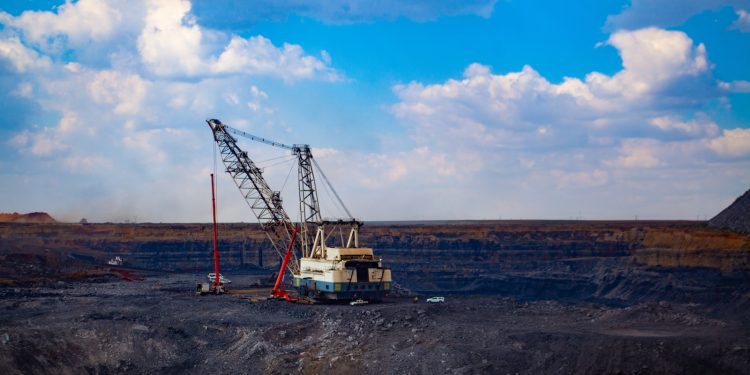Title: Navigating the Mining Stock Investing Industry: Unveiling Opportunities and Risks
Introduction: Investing in mining stocks can be a captivating venture, offering the potential for substantial returns and exposure to the resource sector’s dynamic landscape. The industry encompasses a diverse range of commodities, including precious metals like gold and silver, base metals like copper and zinc, as well as energy resources like coal and uranium. This blog post aims to provide insights into the mining stock investing industry, shedding light on its opportunities and risks, without relying on a traditional list format.
Understanding the Market Dynamics: The mining stock market operates within the broader context of global economic trends, geopolitical developments, and commodity cycles. Investors need to grasp the supply and demand dynamics of specific minerals, as well as external factors that impact their prices. For instance, geopolitical tensions, changes in government regulations, or shifts in global demand can significantly influence the performance of mining stocks.
In-Depth Research and Due Diligence: Investing in mining stocks requires thorough research and diligent analysis. Investors should delve into a company’s financial health, management expertise, and operational track record. Assessing a mining company’s exploration projects, mineral reserves, and production capabilities is vital to evaluate its growth potential and profitability. Furthermore, examining the jurisdiction in which the mining operation is located can help identify potential political or environmental risks.
Understanding Commodity Cycles: Mining stocks are subject to the cyclical nature of commodity markets. Commodity prices can experience significant fluctuations due to factors such as supply disruptions, economic conditions, and changes in consumer demand. It is crucial for investors to understand these cycles and recognize the timing of their investments. Adopting a long-term perspective and diversifying across multiple commodities can help mitigate the inherent volatility.
Assessing Risk and Reward: Mining stocks can offer attractive returns, but they also carry inherent risks. Investors must carefully evaluate risk factors such as operational challenges, regulatory changes, and environmental considerations. Assessing a company’s financial stability, debt levels, and ability to manage market uncertainties is essential. It is advisable to diversify investments across multiple mining companies and commodities to spread risk.
Geographical Considerations: Mining operations are often located in diverse geographic regions, each with its own set of risks and advantages. Investors should familiarize themselves with the specific risks associated with a company’s jurisdiction, including political stability, infrastructure availability, and regulatory frameworks. Understanding the geopolitical landscape and potential socio-economic impacts is crucial to make informed investment decisions.
Long-Term Investment Perspective: Investing in mining stocks often requires a long-term perspective. Mining projects typically involve substantial capital investments, exploration phases, and development timelines. It takes time for projects to reach production and generate returns. Patient investors who understand the cyclical nature of the industry and have confidence in a company’s long-term prospects can benefit from potential capital appreciation.
Conclusion: Investing in mining stocks can be a rewarding but challenging endeavor. By understanding the market dynamics, conducting thorough research, and assessing the risks and rewards associated with different mining companies and commodities, investors can navigate this industry more effectively. Keeping a long-term perspective, diversifying investments, and staying updated on industry trends will help investors make informed decisions and seize opportunities in the ever-evolving mining stock market.





















